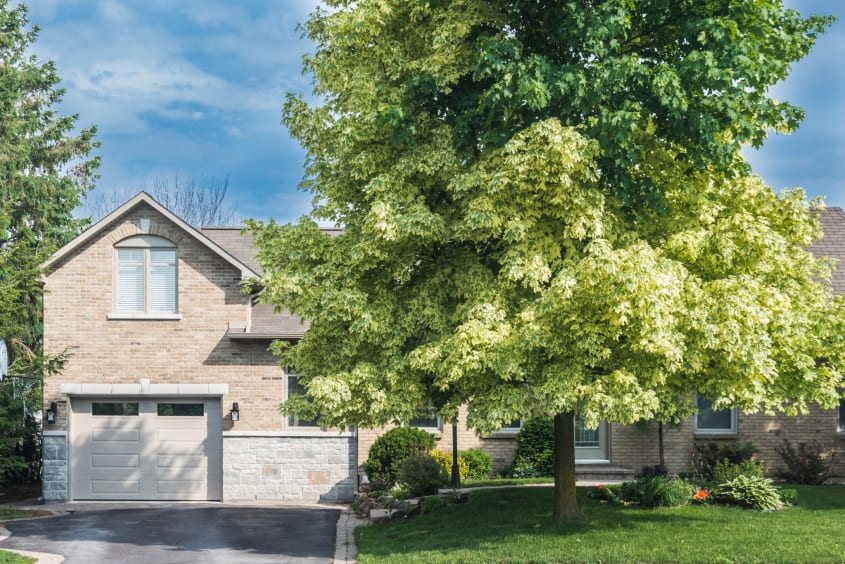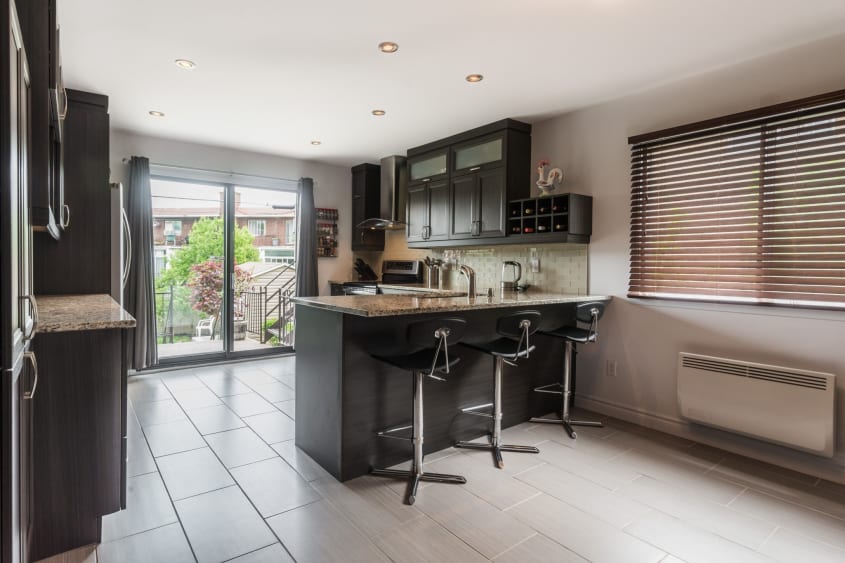If you need a bigger home but don’t want to leave your neighbourhood, chances are you’ve been looking at home addition plans. Bump-outs, double garages, additional storeys, solariums… There are lots of different options out there, and one of them is bound to fit your needs and budget. Here are some steps to ensure that your remodelling project goes smoothly.
1. Check with your municipality
Before running out and hiring home addition contractors, you need to call or visit your city’s urban planning department. Each city has rules and regulations regarding what types of renovation and construction projects are allowed, and this department will be able to tell you if what you have in mind is feasible.
This first step is crucial – it’ll ensure that you aren’t wasting your time and money on a project that won’t be approved. In some cases, they may suggest alternative home addition plans for you to consider.
2. Draft your home addition plans
Once you know your project is feasible, it’s time to hire an architect or technologist to draft your home addition plans. They’ll work with you to design a space that meets your needs and budget as well as complies with applicable regulations. These plans will be submitted as part of your permit application. Your contractor will also use them to complete your project.
Some home addition contractors will offer to draw up your plans, but we don’t recommend going through with it. If something happens, the contractor will leave with the plans, leaving you back at square one. To minimize risk, we recommend hiring an independent professional – you’ll own the plans and can hang on to them until you find the right contractor for the job.
3. Talk to home addition contractors
Now it’s time to choose the right contractor to get the job done. A home addition is a big investment, so it’s important to work with reputable home addition contractors to ensure its success.
Once you have a list of potential contractors, it’s time to contact them. Take your time and be sure to ask questions about their past work experience, what to expect during the project, and more. If possible, meet with them in person – it’ll let you get a feel for if they’re the right person for the job. You’ll be spending a lot of time with them during the project. It’s important that you get along with them and are confident in their abilities.
4. Compare quotes
After you’ve met the contractors and shown them your home addition plans, they’ll provide a quote for your project within a few days. During this time, they’ll compile estimates from qualified tradespeople (electricians, plumbers, roofers, masons, etc.), suppliers (for windows, doors, flooring, etc.), and any other service providers (e.g., debris disposal).
Make sure you ask for detailed quotes – you’ll want to know where your money is going. It’ll also help you contest any extras billed, especially if they were included in the original price. If you need help reviewing a quote, our Renovation Advisors will be happy to help you. They can answer any questions you may have and ensure that nothing is forgotten.
And remember, if a price seems too good to be true, it probably is!
5. Sign the contract
Now that you’ve met potential contractors and reviewed their quotes for your home addition project, it’s time to make a decision. Select who you want to work with and ask them to draw up a contract.
The contract itself can make or break your home addition plans. As a baseline, it should include the following:
The contractor’s name, address, licence number, GST/HST number, and liability insurance number
The client’s name and address
The project’s start and end dates
The contract signing date
A detailed description of the work
A list of applicable warranties
The total cost and payment terms
Building Code conformity declaration
If you feel that the contract isn’t specific enough or is missing information, speak to your home addition contractor and request changes. Remember that grey areas are risky, so have everything in writing to protect yourself.
6. Start the work
After a bit of waiting, it’ll be time for the contractor and their team to start your project. This can be a bit tough. You’ll have people coming in and out of your home, and you won’t be able to tell how your home addition plans are going until the structure starts to take form.
That said, don’t shy away from asking your home addition contractors questions about the work. It is your project after all, and it’s good to be informed about how it’s progressing or if they’ve hit a snag. Make sure the terms of the agreement are respected throughout the process.
7. See the final product
The work is finally over! It’s time to sign the certificate of completion and pay the final installment of your home addition project. Of course, be sure that everything is in order and is consistent with what was stated in the contract.
Ready to start your home addition plans?
Whether you’re looking to convert unused attic space into a home studio or tack on a second storey to create a multigenerational home, a good house addition or extension project can give you some much-needed extra living space.
Looking for inspiration? Check out our completed projects and home addition planning guide. Also, feel free to explore the most common reasons why homeowners expand their homes.
Ready to take the plunge? Appelez-nous or fill out this form. One of our highly experienced Renovation Advisors will help you with your home addition plans and find you up to three local home addition contractors. They’ll support you every step of the way, at no cost or obligation.

































